An exceptional period manor house in the heart of Shakespeare Country
Claverdon Hall sits in the ‘golden triangle’ between Warwick, Stratford and Henley-in-Arden.
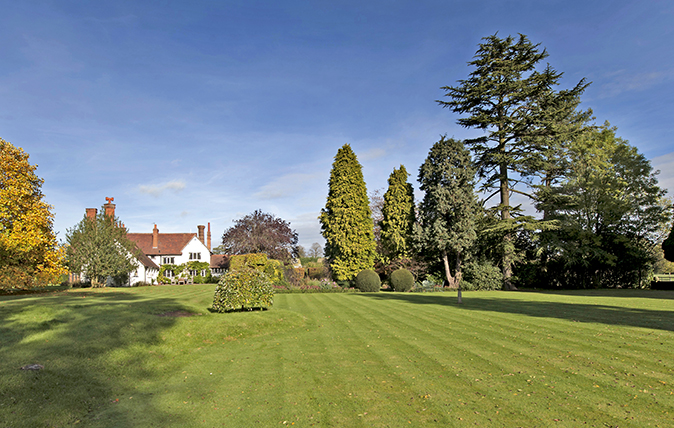

Bordered by Leicestershire to the north-east, Staffordshire to the north-west, Worcestershire and the West Midlands to the west, Northamptonshire to the east and south-east, Gloucestershire to the south-west and Oxfordshire to the south, landlocked Warwickshire sits right at the geographical heart of England.
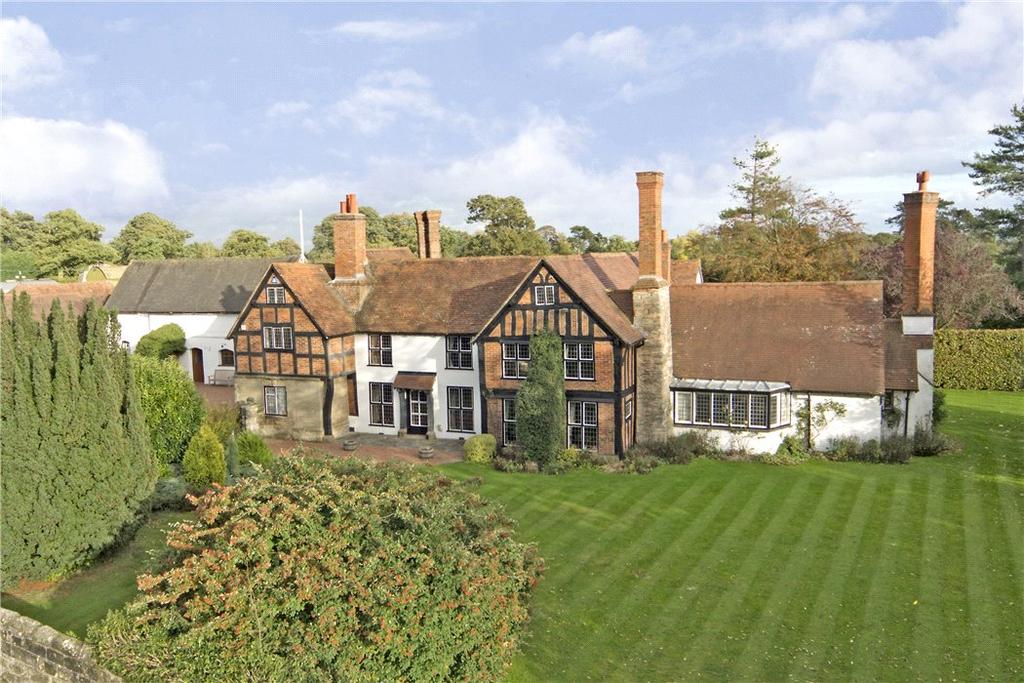
Historically, in peace and war, this dynamic county has played a leading role in many of the great events that have shaped England’s history, yet, in terms of its appeal as a dream country-house destination, it seems to play second fiddle to its more high-profile Cotswolds neighbours, Gloucestershire and Oxfordshire.
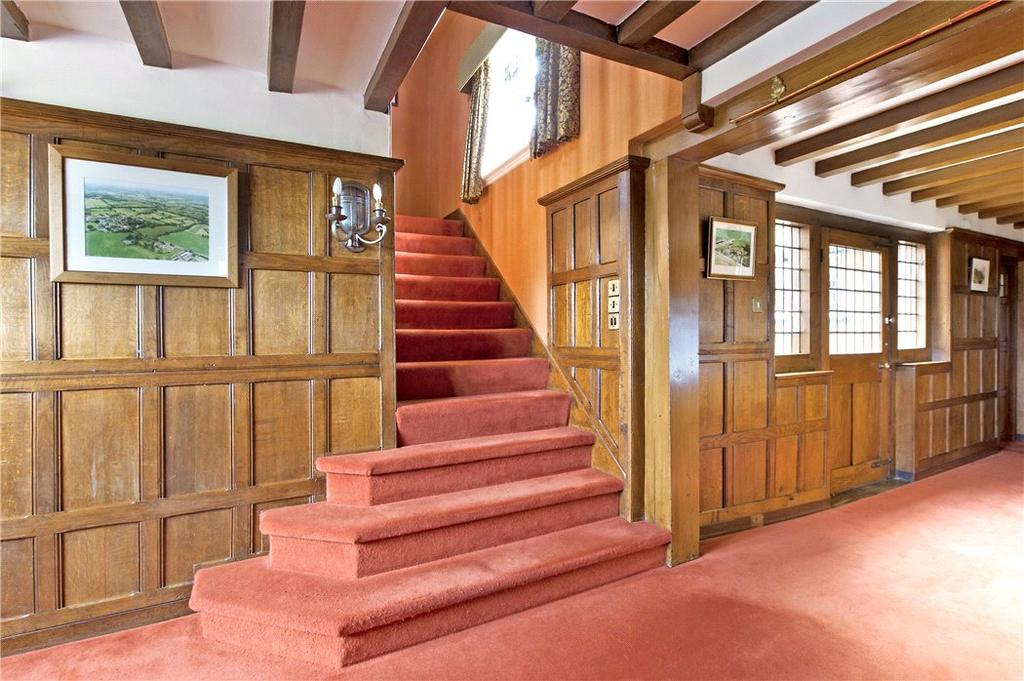
This is unfair, suggests James Way of Knight Frank’s busy Stratford-upon-Avon office (01789 297735), who points to the strategic advantages of Shakespeare Country, particularly as a commuter base for both London and Birmingham and a gateway to the national motorway network serving the north, west and south of the UK. He also highlights the appeal of south Warwickshire’s rich and varied landscape, its unspoilt pretty villages, its fine country houses and its great sporting and cultural traditions – all encapsulated in Knight Frank’s latest offering, the charming, Grade II-listed Claverdon Hall at Claverdon, which has come to the open market with a guide price of £2.75 million.
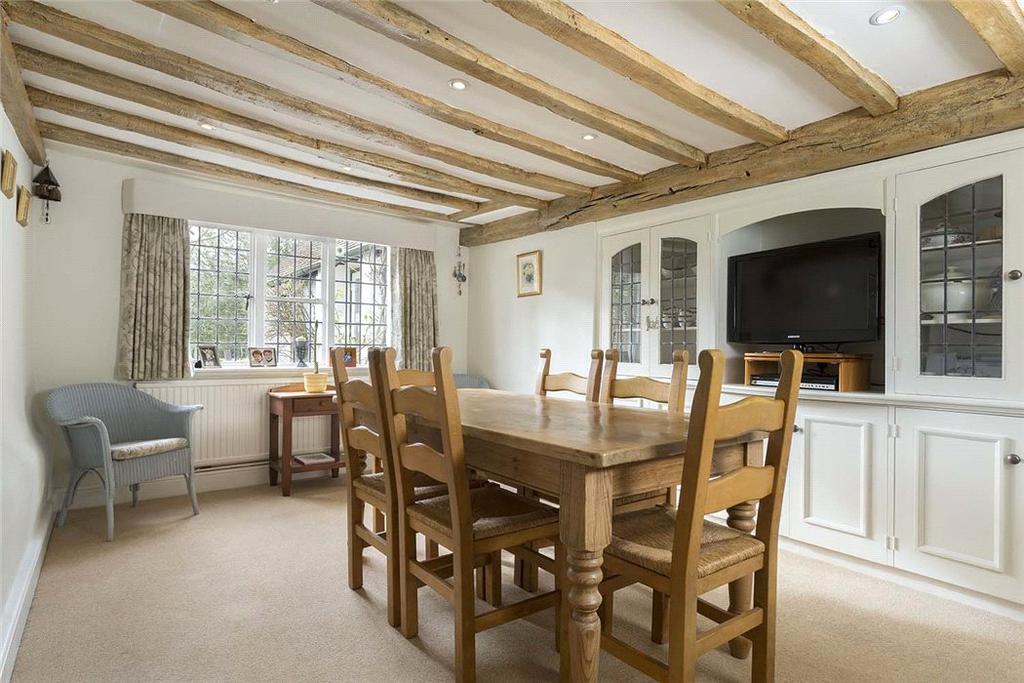
In his enduring work, The King’s England (1936), the chronicler Arthur Mee conjures up a vision the of the old, unchanging Warwickshire in his description of Claverdon village, where ‘winding lanes bring us uphill to sudden views of miles of Warwickshire with the Cotswolds far off. Enshrined in trees, Claverdon has an old forge and a few timbered cottages gently touched by the hand of time’. So gently, in fact, that Claverdon, now firmly established as one of the premier villages in the ‘golden triangle’ between Warwick, Stratford and Henley-in-Arden, has changed remarkably little since Mee wandered through it and Claverdon Hall, off Lye Green Road, remains unchallenged as the premier house in the village.
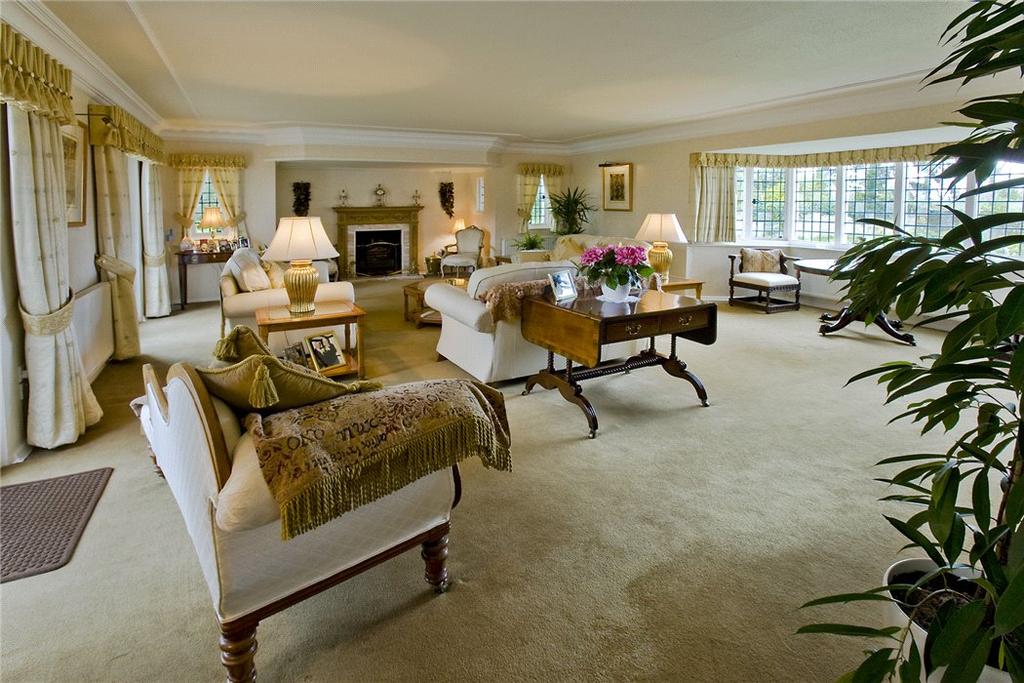
Curiously enough, Pevsner makes no mention of Claverdon Hall, although its existence is recorded in 1485 and current thinking is that its origins may well be even older, with roots going back to Saxon times. Either way, it has been around long enough to provide a backdrop to some of the most intriguing periods of history, from the Wars of the Roses, through the Dissolution and the Reformation, to the English Civil War. Among the landed gentry who owned the Hall over the years were the Verneys, the Dudleys, Earls of Warwick and the Spencers, who sold it to the Archers of Tanworth-in-Arden in 1716.

Even today, the elegant half-timbered manor house has lost neither status nor charm, despite being extended, refurbished and variously altered over the years. Of special interest is the fine oak panelling added in 1939 to the reception hall, the dining room and the deep, oak-framed leaded light windows. The large panelled oak door in the hall opens into an under-stairs store, used as a priest hole during the Reformation, from where an underground passage is said to have led to the mysterious Stone Building in Claverdon village, thought to be all that remains of a grand country house built for the Spencer family.
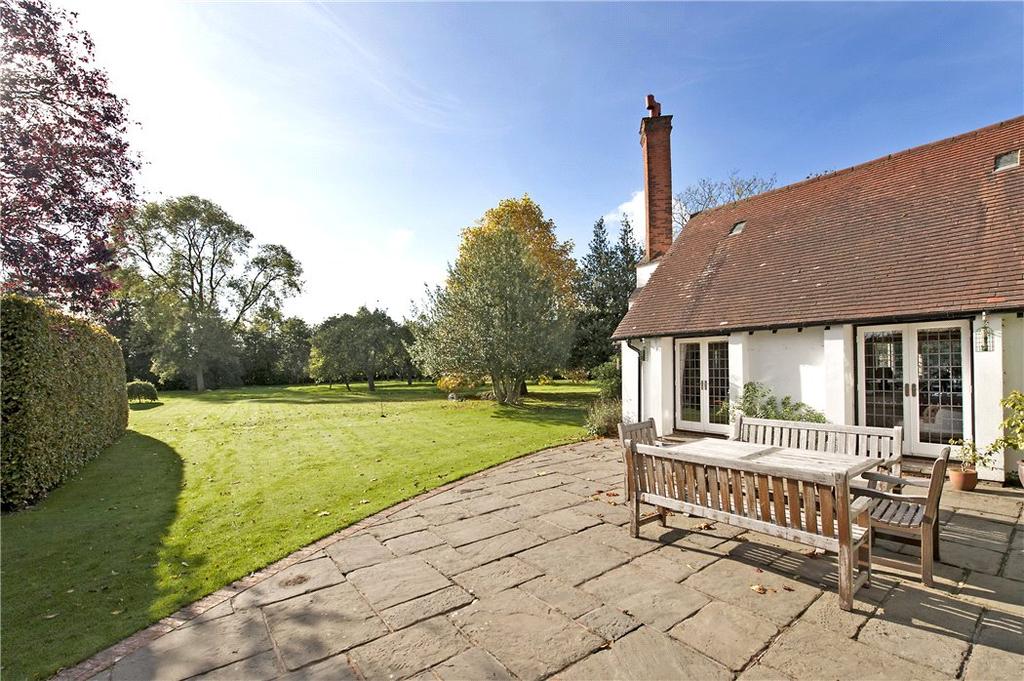
Claverdon Hall boasts 5,845sq ft of living space, including an array of well laid out reception rooms – among them a drawing room, sitting room, dining room, study, music room, breakfast room and a newly fitted kitchen. Two staircases lead from the ground floor to six double bedrooms, two with en-suite facilities; there is also a family bathroom. The Hall stands in some 9½ acres of formal gardens and paddock on the edge of the village, with views over the rolling Warwickshire countryside. Amenities include garaging, a games room, stabling, a tennis court and various outbuildings with full planning and listed permission for conversion to up to three dwellings.
Sign up for the Country Life Newsletter
Exquisite houses, the beauty of Nature, and how to get the most from your life, straight to your inbox.
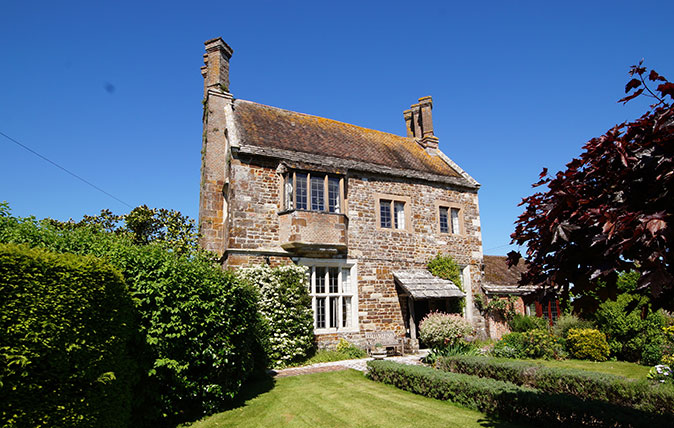
A 'manor house in miniature' full of beautiful Tudor features
A 'manor house in miniature' full of beautiful Tudor features
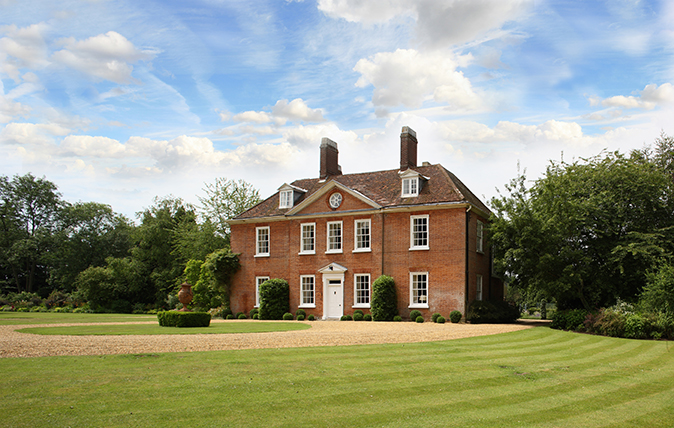
Elegant Queen Anne country house described in Pevsner’s Norfolk Volume of the Buildings of England
Burfield Hall boasts delightful gardens and grounds.
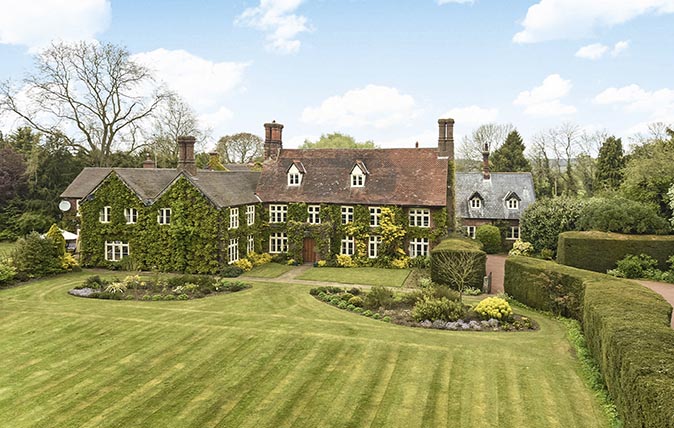
The handsome country house once owned by the Quality Street heir
The 2nd Viscount Mackintosh of Halifax bought The Old Hall at Barford in the 1950s.
-
 Designer's Room: A solid oak French kitchen that's been cleverly engineered to last
Designer's Room: A solid oak French kitchen that's been cleverly engineered to lastKitchen and joinery specialist Artichoke had several clever tricks to deal with the fact that natural wood expands and contracts.
By Amelia Thorpe Published
-
 Chocolate eggs, bunnies and the Resurrection: Country Life Quiz of the Day, April 18, 2025
Chocolate eggs, bunnies and the Resurrection: Country Life Quiz of the Day, April 18, 2025Friday's quiz is an Easter special.
By James Fisher Published
-
 Hidden excellence in a £7.5 million north London home
Hidden excellence in a £7.5 million north London homeBehind the traditional façades of Provost Road, you will find something very special.
By James Fisher Published
-
 Sip tea and laugh at your neighbours in this seaside Norfolk home with a watchtower
Sip tea and laugh at your neighbours in this seaside Norfolk home with a watchtowerOn Cliff Hill in Gorleston, one home is taller than all the others. It could be yours.
By James Fisher Published
-
 A Grecian masterpiece that might be one of the nation's finest homes comes up for sale in Kent
A Grecian masterpiece that might be one of the nation's finest homes comes up for sale in KentGrade I-listed Holwood House sits in 40 acres of private parkland just 15 miles from central London. It is spectacular.
By Penny Churchill Published
-
 Some of the finest landscapes in the North of England with a 12-bedroom home attached
Some of the finest landscapes in the North of England with a 12-bedroom home attachedUpper House in Derbyshire shows why the Kinder landscape was worth fighting for.
By James Fisher Published
-
 Could Gruber's Antiques from Paddington 2 be your new Notting Hill home?
Could Gruber's Antiques from Paddington 2 be your new Notting Hill home?It was the home of Mr Gruber and his antiques in the film, but in the real world, Alice's Antiques could be yours.
By James Fisher Published
-
 What should 1.5 million new homes look like?
What should 1.5 million new homes look like?The King's recent visit to Nansledan with the Prime Minister gives us a clue as to Labour's plans, but what are the benefits of traditional architecture? And can they solve a housing crisis?
By Lucy Denton Published
-
 Welcome to the modern party barn, where disco balls are 'non-negotiable'
Welcome to the modern party barn, where disco balls are 'non-negotiable'A party barn is the ultimate good-time utopia, devoid of the toil of a home gym or the practicalities of a home office. Modern efforts are a world away from the draughty, hay-bales-and-a-hi-fi set-up of yesteryear.
By Madeleine Silver Published
-
 Five beautiful homes, from a barn conversion to an island treasure, as seen in Country Life
Five beautiful homes, from a barn conversion to an island treasure, as seen in Country LifeOur pick of the best homes to come to the market via Country Life in recent days include a wonderful thatched home in Devon and a charming red-brick house with gardens that run down to the water's edge.
By Toby Keel Published
